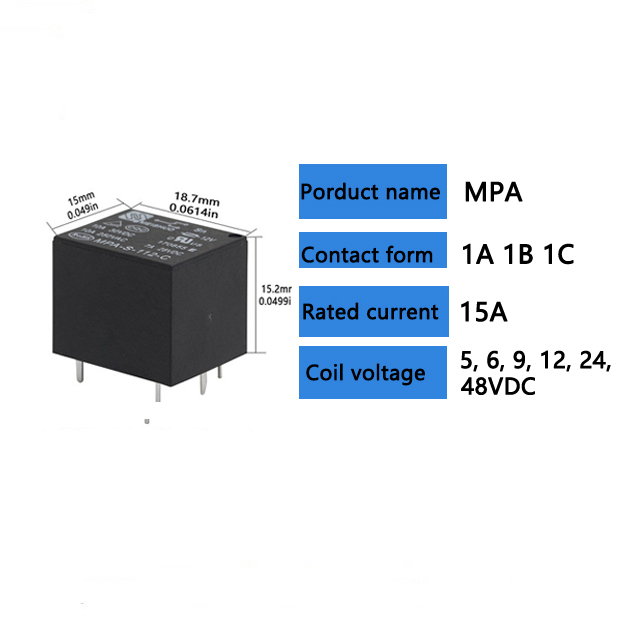Relay selection plays a critical role in enhancing the performance of modern wireless communication systems. As wireless networks evolve to meet the growing demand for higher data rates and better coverage, relay selection techniques have become a key component in ensuring efficient, reliable, and high-quality transmission. This article explores the concept of relay selection, its importance, and its applications in various wireless communication scenarios.

What is Relay Selection? Relay selection is a process in which one or more relay nodes are chosen to forward the signal from a source (transmitter) to a destination (receiver) in wireless communication networks. By strategically selecting relays, networks can improve signal quality, extend coverage, and reduce the impact of interference or obstacles that might degrade direct transmission between the source and receiver. Relay nodes act as intermediaries in the communication chain, effectively extending the range of the network and improving performance. Relay selection is widely used in technologies like 5G, Wi-Fi, and cellular networks, where signal attenuation, interference, and congestion are significant challenges. The selection process involves choosing relays based on certain criteria, such as signal strength, distance, and network load. This technique ensures that the selected relay provides the best overall performance for the network.